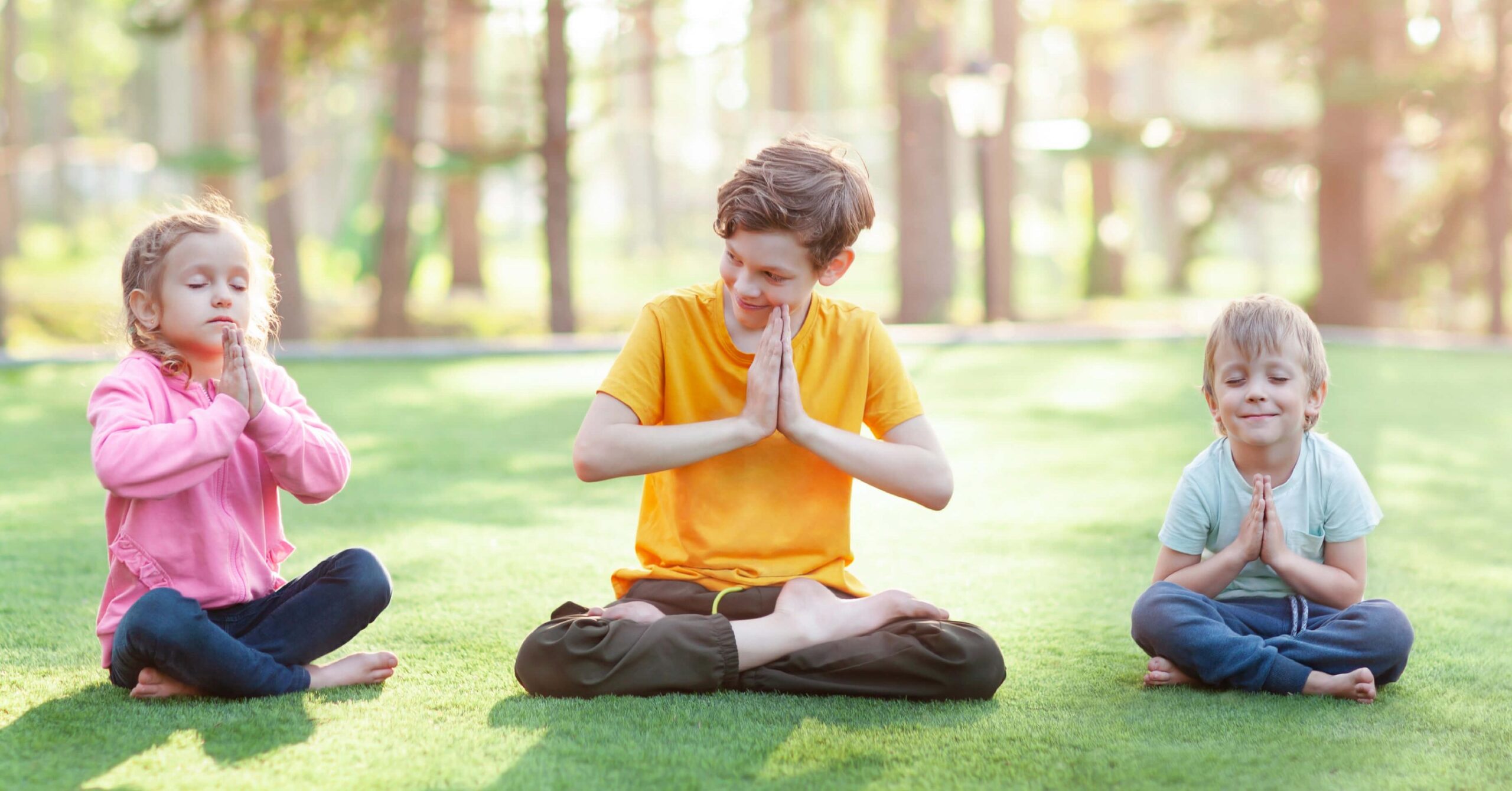Introduction
In today’s fast-paced and high-pressure world, the importance of emotional well-being cannot be overstated. This holds particularly true for young minds in the educational system. The integration of mindfulness practices into education has gained significant attention in recent years as a promising approach to foster emotional well-being among students. In this blog, we will explore the concept of mindfulness, its benefits in education, and practical ways to implement it to nurture healthy young minds.
Understanding Mindfulness
Mindfulness is a mental practice that involves paying attention to the present moment without judgment. It encourages individuals to become more aware of their thoughts, feelings, and bodily sensations, fostering a sense of clarity and inner calm. The practice has its roots in ancient Eastern philosophies, particularly Buddhism, but it has gained widespread recognition and adoption in contemporary Western society as a tool for managing stress, anxiety, and promoting overall well-being.
The Benefits of Mindfulness in Education
- Improved Emotional Regulation: One of the primary benefits of mindfulness in education is its capacity to enhance emotional regulation. Students who practice mindfulness regularly are better equipped to manage their emotions, reducing the likelihood of emotional outbursts and conflicts. This, in turn, creates a more conducive learning environment.
- Reduced Stress and Anxiety: Academic pressure, peer interactions, and personal challenges can lead to stress and anxiety in students. Mindfulness practices, such as deep breathing and meditation, help students to relax and cope with stress effectively, leading to improved mental health.
- Enhanced Concentration and Attention: Mindfulness exercises improve focus and attention span. Students who practice mindfulness are more likely to engage in their lessons, absorb information more effectively, and perform better academically.
- Increased Self-Awareness: Mindfulness encourages students to develop a deeper understanding of themselves. They become more aware of their strengths, weaknesses, and emotional triggers, leading to personal growth and improved decision-making.
- Better Interpersonal Relationships: Mindfulness fosters empathy and compassion, enabling students to relate to their peers more harmoniously. Improved communication skills and conflict resolution abilities contribute to healthier relationships.
Practical Ways to Implement Mindfulness in Education
- Mindful Breathing: Incorporate simple breathing exercises into daily routines. For example, start each class with a brief guided breathing exercise to help students centre themselves and transition into a focused state.
- Mindful Listening: Encourage active listening during discussions and group activities. Teach students to pay attention to others without interrupting or judging, fostering empathy and respect.
- Mindful Movement: Introduce practices like yoga or tai chi, which emphasize mindfulness and physical well-being. These activities can help students connect their mind and body, promoting relaxation and self-awareness.
- Mindful Meditation: Dedicate specific time for guided mindfulness meditation sessions. These sessions can be integrated into the daily schedule or offered as extracurricular activities.
- Mindful Reflection: Implement regular reflection exercises where student’s journal their thoughts and emotions. This helps them develop self-awareness and emotional intelligence.
- Mindful Classroom Management: Use mindfulness techniques to manage classroom behaviour. For instance, when dealing with disruptive behaviour, encourage students to take a few mindful breaths before addressing the issue.
- Professional Development: Provide training for teachers on how to incorporate mindfulness practices into their teaching methods. Educators who practice mindfulness can better model these behaviours for their students.
Conclusion
Mindfulness is a powerful tool that can significantly contribute to the emotional well-being of students in the educational system. By incorporating mindfulness practices into the curriculum, schools can create an environment that fosters emotional regulation, reduces stress and anxiety, improves concentration, and promotes healthy interpersonal relationships. Nurturing healthy young minds through mindfulness not only enhances academic performance but also equips students with valuable life skills that will serve them well beyond the classroom. As we continue to recognize the importance of emotional well-being in education, mindfulness emerges as a key strategy in shaping the future of our youth

